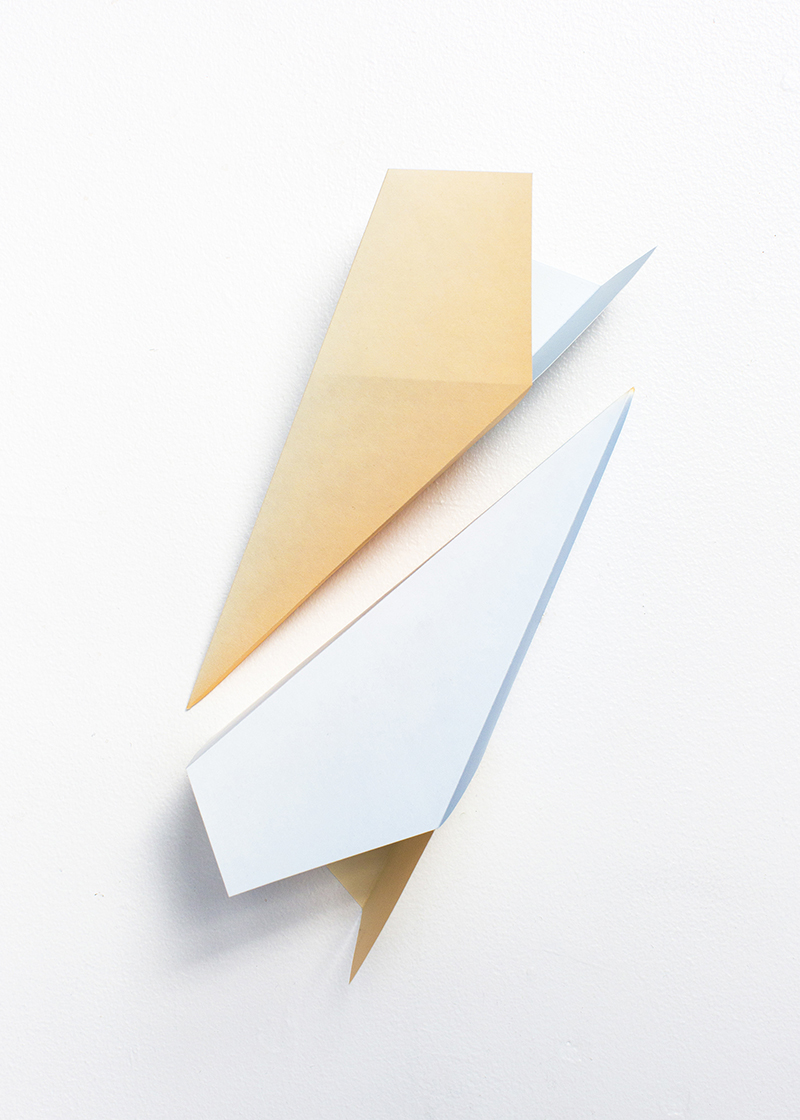Born in Hong Kong, China, Alex Kwok developed his practice in Vancouver, Canada, with a BA in English Literature and Sociology at Simon Fraser University. He uses paper and light both as source materials and subject matters as threads connecting the quintessential elements of the photographic medium. His projects examine points of intersection between image and object and where the photograph lies between those definitions. Kwok is curious about how these languages are articulated in today’s context of photography’s pictorial representational possibilities through the digitization of visual imagery.
—
What is the concept behind your thesis?
AK: I’m very interested in the way in which light is being transmitted in photography. I’m fascinated with how light is being translated to being a pixel in the camera and into data information, printed out into a physical ink pigment and then finally it is constructed and made into a physical object. So all of the stages are about the same subject which is light itself. In different stages, light sort of occupies different forms of existence and I feel like that is fundamental to the construction of any photograph.
What are some of your inspiration sources and how does this relate to your production processes?
AK: Well, one of the things that inspired my process is that I love the way in which light gives shape to forms. Fundamentally, how we perceive is based on where there is light or the lack of it. So, that actually translate to a very specific color. This color gradient [pointing at piece] is actually the representation of the human visible spectrum in terms of color temperature. So this would be 1500 Kelvin and this would be 15,000 Kelvin; anything below or beyond that, we cannot see with our naked eye.
And so that translation, from Kelvin temperature to the reproduction of color, resulted in this sort of blue, white, and orange pattern. A lot of this work is actually referenced back to the 60s and 70s with the conceptual art movement. People like James Turrell or even Doug Wheeler they have this sort of phrenological idea to their work and I’m very much interested in the way in which a photograph is both a three dimensional object and, in this case I sort of emphasized the three-dimensionality of that, but also the material of paper is very important to me as well. The newer pieces, they are all rice paper from Japan and they have a specific, yellow, natural light quality to them.
By Terricka Johnson
—


